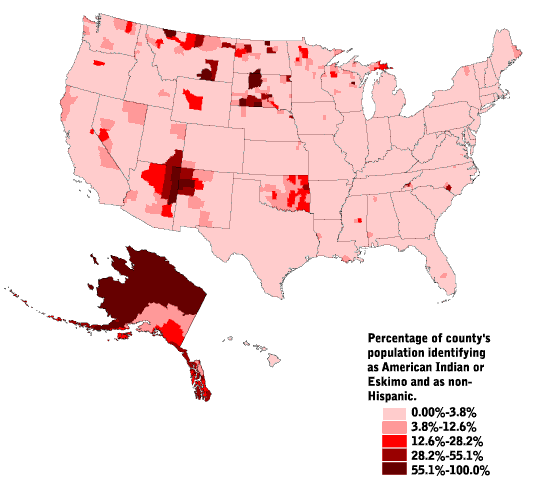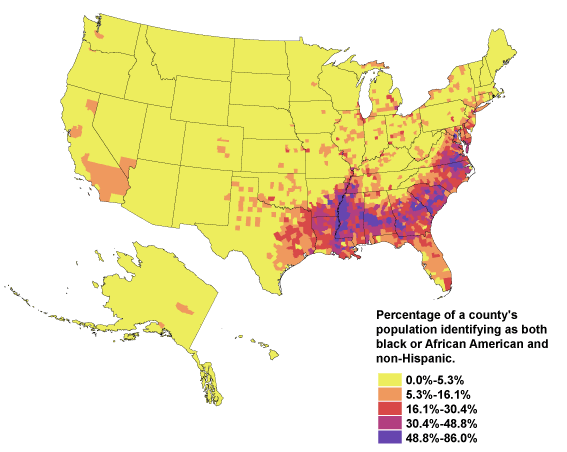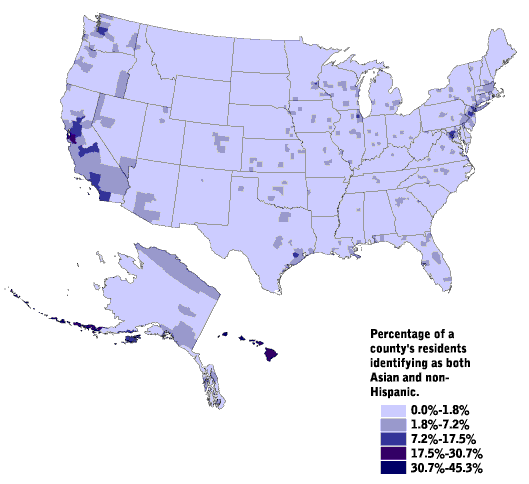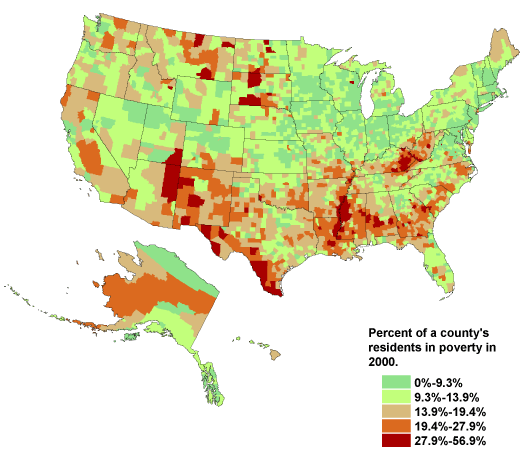Sit in any classroom, traditional or not, and wait until the end. Then, attend to following question, “What were the students in this class curious about?”
It will be tempting, in this excercise, to answer with what they were “supposed” to be curious about, what questions were asked as a class via teacher re-direction, or what you yourself were curious about and thereby assigned to the students. Don’t do any of these things.
Instead, look at the notes you were copiouslly jotting down during your observation and try to find direct, empirical evidence of student curiosity. If you cannot, something is wrong.
One of my favorite questions to ask when debriefing a lesson teachers have just taught is to ask them what they thought students were curious about during the class period. To do so reframes our reflection on teaching in a way that looks to learning as a process of exploration based on the naturally occurring questions and wonder that come along with encountering new ideas. Ask any teacher more in love with their content area than anything else why they love that content, and they’re likely to describe some formative experience when they started questioning and never quite found the motivation to stop. Sadly, these same teachers, enamoured of their content often fail to hold enough back in their teaching to invite those same questions from their students.
Lessons in these classrooms often become, “I know this, and this, and this, and this…and you should too.” Students in these settings have no need for curiosity. The content is presented to them as having uncovered all the answers worth finding.
If our goal is to foster in our students the same sort of wonder that drives our own curiosity, we must realize the answer is not showing all that we know and can be known.
Instead, the answer comes from Kurt Vonnegut’s eight basics of creative writing as outlined in his short story collection Bagombo Snuff Box. We don’t even need all eight. One will do.
“Start as close to the end as possible.”
While appropriating a guideline for fiction writing may seem strange when discussing those things worth knowing as true, it certainly isn’t. To instill curiosity in our students (and ourselves) we must start as close to the end of the story as possible.
History classes are as fine an example as any. In their most traditional sequence, these classes begin with the earliest recorded history and then move forward across the years. Oddly enough, since we began the teaching of history, more of it has taken place, but that might not be obvious in the contemporary history class. A student graduating high school might have learned about the past through the end of World War II (maybe the Vietnam War if he’s lucky), but that is likely where history ended for this student because of our fascination with passing on our knowledge of how things are starting with the earliest details as though they are inherently important to those during the learning.
Imagine, instead, if we take a page from Vonnegut, and teach history starting as close to the end as it stands now and walk into a classroom saying, “Here’s what happened in the world yesterday, what questions does that raise?” Such a class is likely to face a time crunch just as the traditional class did. This time, that crunch will be students not having enough time to ask and search for answers to all the questions that arise rather than the teacher not having enough time to lead an abstract field trip that finds as its point of origin ancient Mesopotamia.
If we ground our reflection in “What were they curious about?” and start our teaching as close to the end as possible so as to draw out that curiosity, we will have moved a long way to creating the schools we need.






